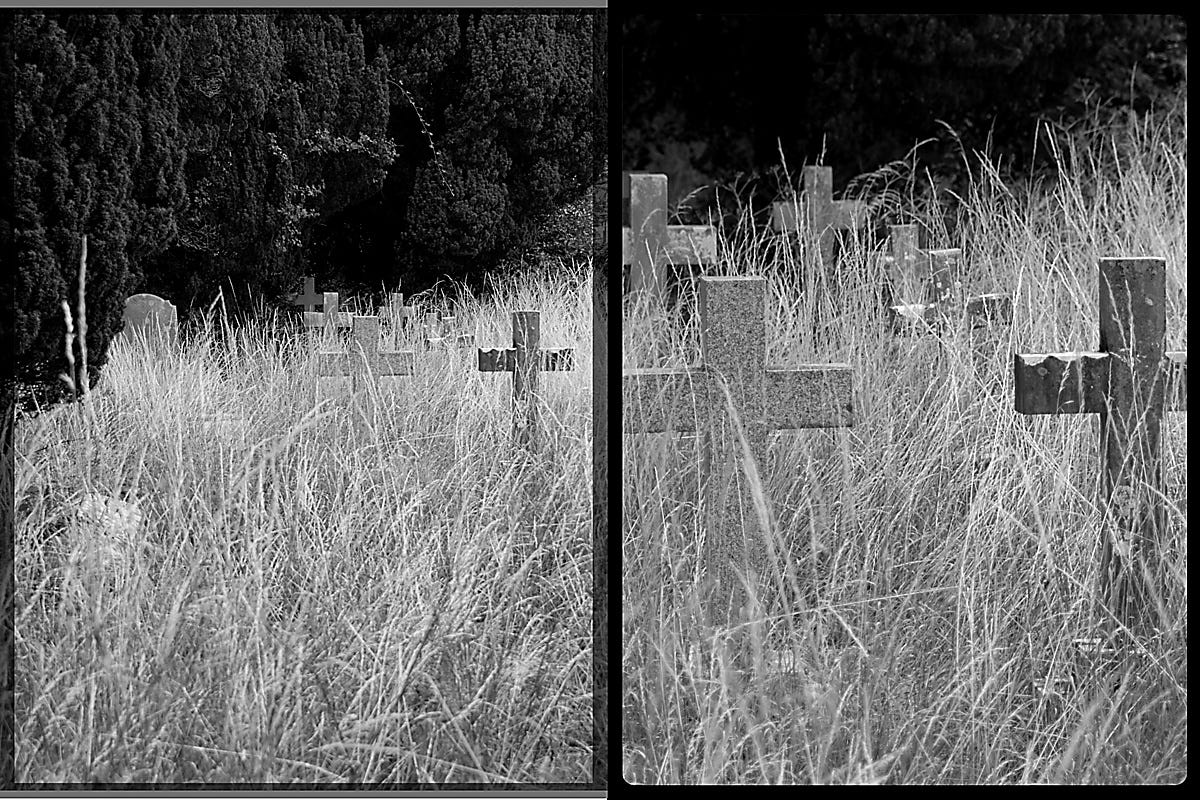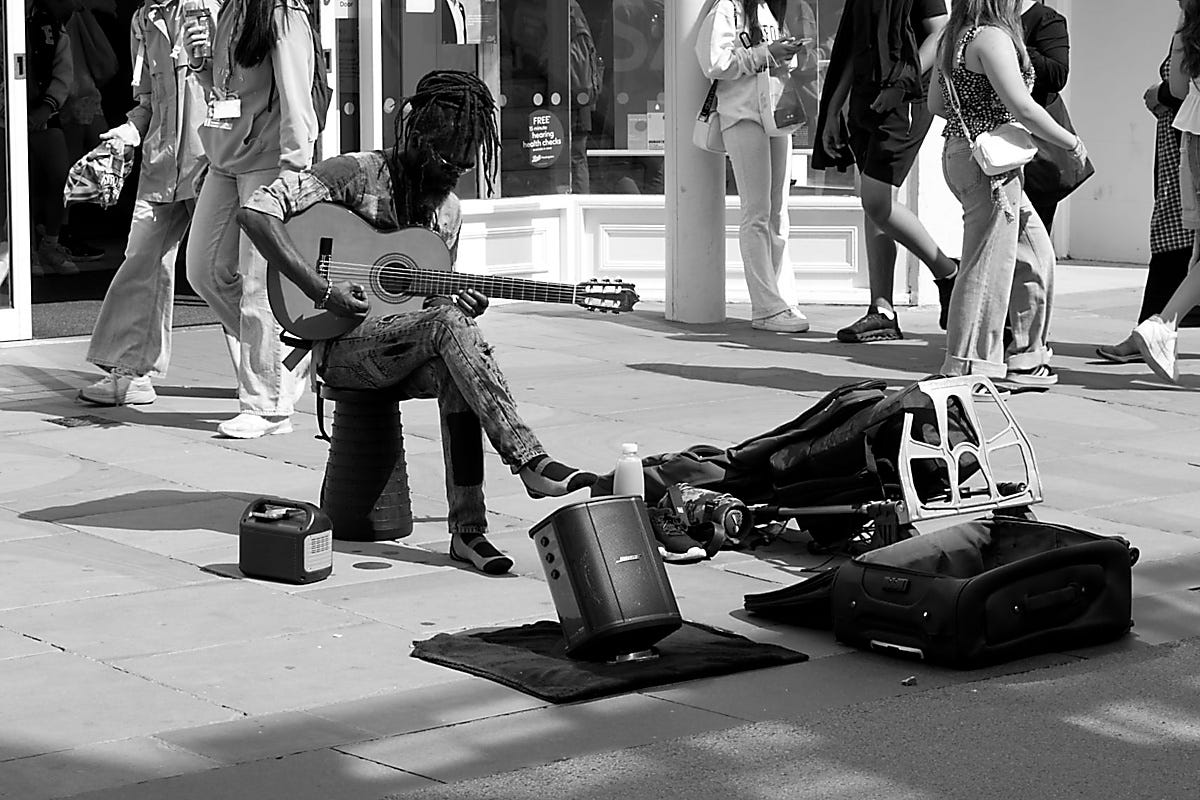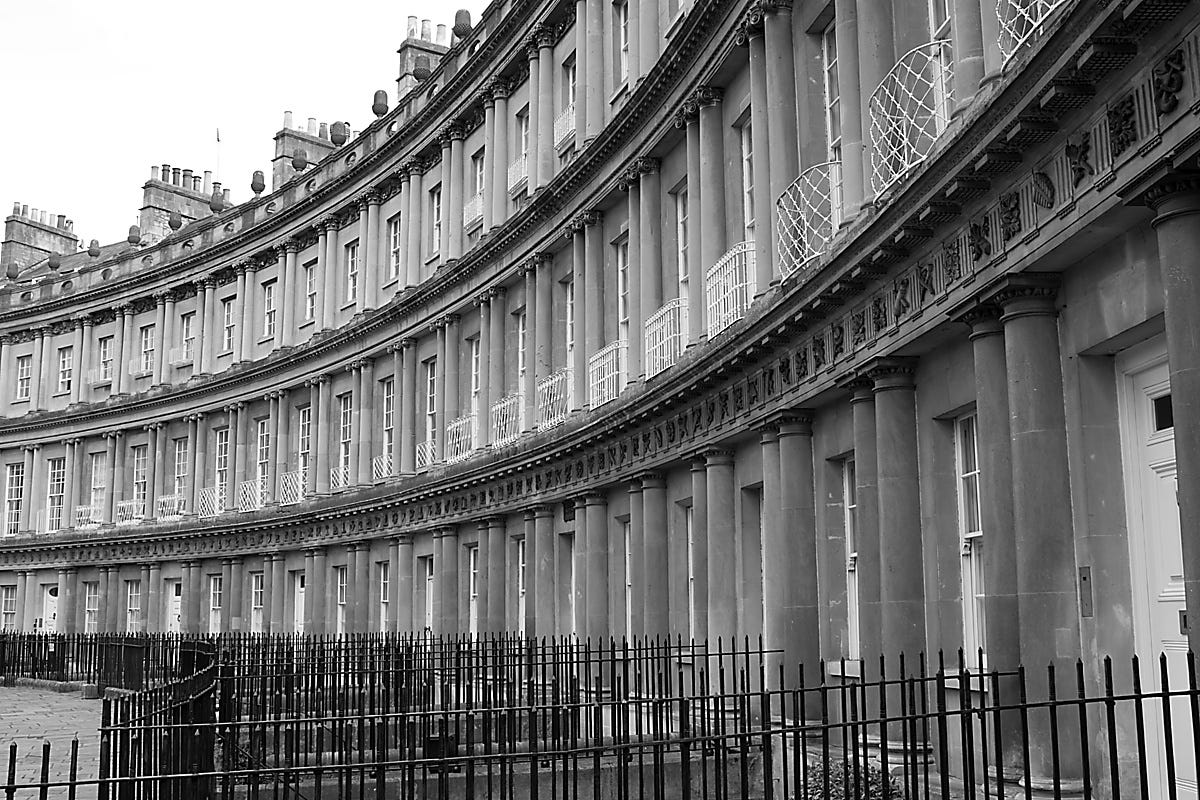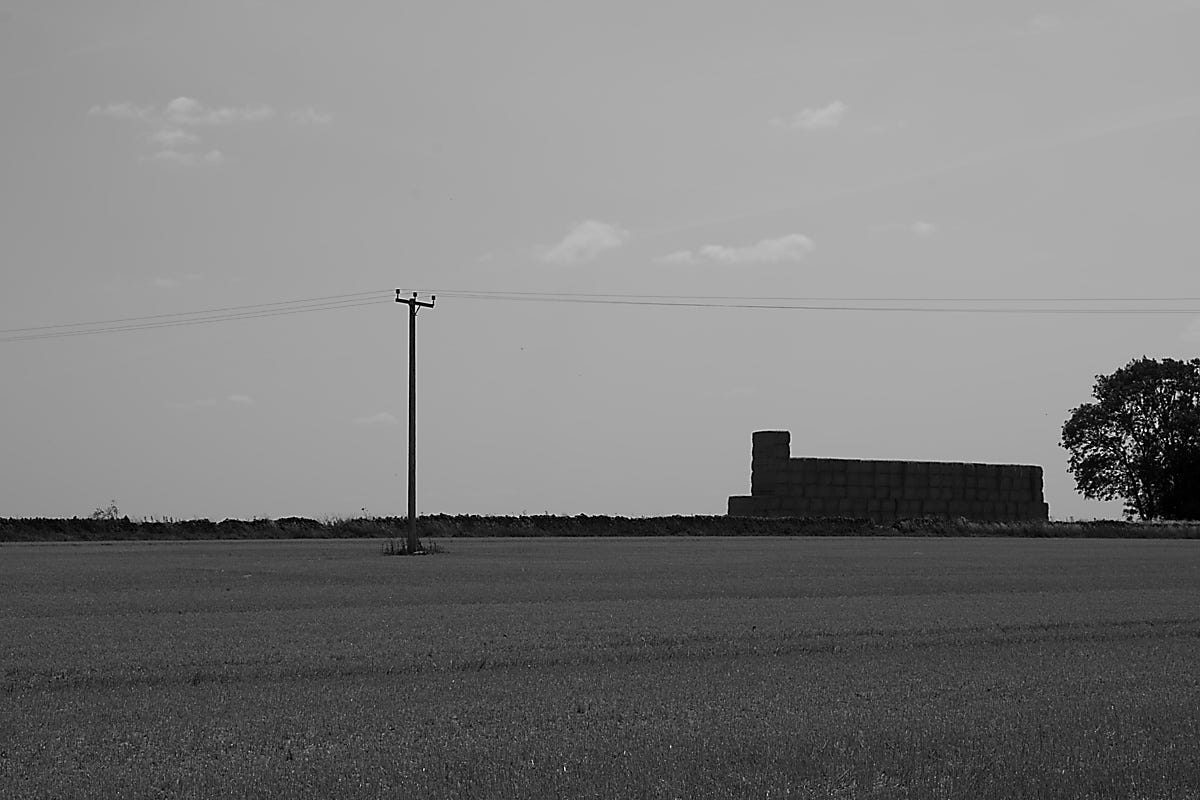How I learned to spot scenes that work great in black & white
Four ingredients that changed how I see the world around me
If you want to capture the world in black & white, you need to learn the differences between color and monochrome. Thousands of books have been written about it, YouTube is packed with practical videos and tips, and many photographers can tell you exactly what their process is for visualizing in their mind - even before they take the shot - how that image will look like.
Following my previous article about 'The choice between color and black & white,' so many responses came in and such a lively discussion emerged that I'm sharing my four key ingredients for deciding whether or not to take a photograph.
Missed that article? No worries
The choice between color and black & white
When I recently travelled through the beautiful Cotswold countryside in England, I took two cameras with me: my Canon EOS 70D, ready to capture the vibrant colors of the landscape, and my monochrome Pentax K3 with its black & white sensor.
So, these are the four ingredients that determine whether I take the shot or not. I have illustrated them with some photos that I took recently during the summer.
1. Contrast over color
The biggest lesson: color can mislead you. A bright red rose against dark green leaves jumps out in color, but in black & white both become middle gray, dull and flat. Instead of looking for color contrast, I learned to search for tonal contrast. That's the difference between light and dark areas in what you want to capture in your frame. That tonal difference determines whether your subject becomes clearer or actually less visible. A light wall against a dark shadow always works, regardless of color.
Start looking more at the brightness of objects, not their color. Squint your eyes halfway—what do you still see?
2. Texture is what it's all about
In color, a smooth, brightly colored door can be interesting. In black & white, texture must tell the story. Weathered stone, cracked paint, rough bark—this becomes your new vocabulary. During my recent holiday in the Cotswold, those centuries-old stone walls suddenly became the protagonists, each stone telling a story of weather and time.
Look for surfaces that 'hold' light—that create shadows and highlights which give shape.
3. Light changes everything
Golden hour is wonderful for color, but for black & white, an overcast day can actually be better. Soft, diffused light creates beautiful gradations in gray. Hard, direct light creates dramatic shadows. I learned to recognize and utilize both instead of always waiting for that 'perfect' golden light.
Overcast days = subtle tones. Harsh sun = dramatic contrast. Both have their place.
4. Shapes and lines take center stage
Without color creating distraction, geometric elements become powerful. A fence that's simply 'background' in color can become a strong leading line in black & white. The rooflines of those Cotswold cottages, the patterns in the stone walls—suddenly you see the architecture instead of just the 'picturesqueness.'
Compose and frame your photo as if you're making a drawing. Where do your lines lead the eye? What is your main shape?
The core question I learned to ask myself: "If all color disappears, what remains that's worth capturing?"
Till next week,
Love visual storytelling? Here's how — beyond sharing — you can support this newsletter:
📸 Upgrade to paid - $5/month for free access to high-resolution magazines & exclusive e-books
📸 Buy me a coffee - One-time donation; caffeine keeps me running
Your support directly fuels the creation of more photography content you love.
Thank you for being part of our community!














Thanks Marcel for sharing, I’ll keep your advice in mind 👌
Excellent post, Marcel.